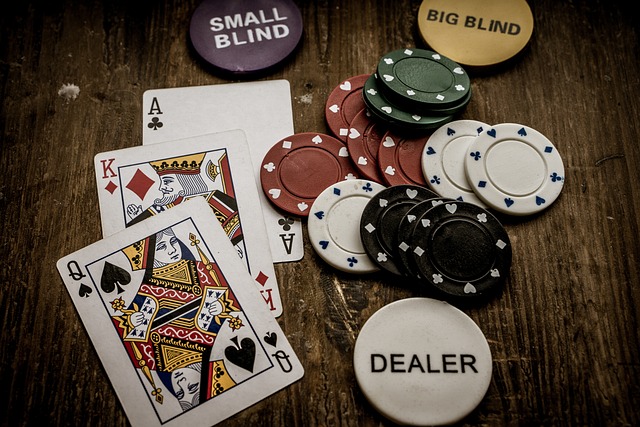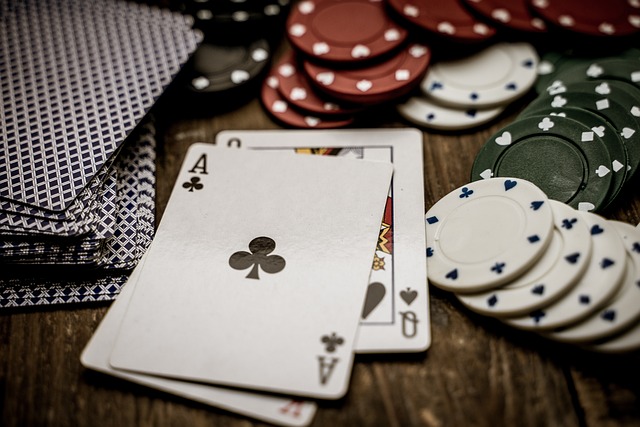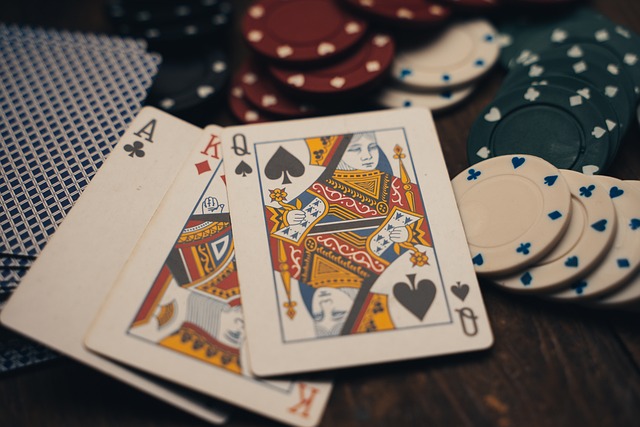In VR, you don’t see real faces, but players still leak information. Controllers, headsets, and mics turn nerves and confidence into timing, movement, and sound. Learn to separate software quirks from human patterns and you’ll find edges a HUD can’t show.
What counts as a tell in VR
A VR tell is any consistent, involuntary pattern that correlates with hand strength or mindset. The key words are consistent and involuntary. One-off glitches or scripted emotes are noise.
Focus on signals that survive across sessions and tables. Timing, posture drift, controller micro-movements, and voice changes travel with the player. Emotes, lobby animations, and random avatar quirks do not.
Avatar and micro-gesture signals

Avatar rigs map your head and hands, sometimes your torso. Even with cartoon skins, small tracking artifacts reveal stress and certainty. You’re not reading faces; you’re reading rhythm and control.
Random jitters aren’t useful; repeatable sequences are. Look for how a player grabs chips, confirms bets, and re-centers view after decisions. The same flourish before value bets and hesitation before bluffs is the pattern you want.
Hand and head movement
Fast, “snappy” confirmations often show pre-decided actions—frequent with strong hands or auto-c-bets. Slow, aimless cursor drift and re-gripping suggest searching for a plan, common in marginal spots.
Headset posture matters. Lean-ins after strong flops can mean excitement; abrupt lean-backs paired with check calls often signal discomfort. Track two or three showdowns to anchor these reads before trusting them.
Controller discipline
Clean, single-gesture bet sizing correlates with confidence. Stuttered increments and multiple undo/redo motions show uncertainty or pot-control thinking.
Watch re-center habits. Players who constantly re-center during stress are managing focus. When that spikes at big pots, expect tighter ranges and fewer thin bluffs.
Voice and timing cues
Voice carries fatigue, arousal, and decision load. You’re listening for baseline, then deviation. Tone, breath spacing, and filler words change when risk feels high.
Timing is its own language. Instant checks in position after a small bet can be strength masquerading as weakness. Long tanks followed by small, “polite” raises are often capped ranges trying to find fold equity without committing.
Pace and latency
There’s real network lag, and there’s human lag. Measure both. If a player’s ping is stable but their river actions slow only on air-ball lines, you’ve found a tell.
Auto-time-bank is a mask. When a regular always lets the bar tick on monsters but snap-folds misses, reverse their story: slow = strong for them. Tag it and exploit.
Breath and tone
Short, clipped answers and higher pitch show arousal; pair that with sudden aggression and expect polarized hands. Relaxed, low-pitch table talk during calls often hides medium-strength bluff-catchers.
Silence can be loud. Chatty players who go quiet only when building big pots frequently hold value. Confirm with one or two showdowns before leaning in.
Filtering noise: reliability and countermeasures

Not every signal is equal. Use this quick table to rank what you see and avoid overfitting to avatars or lag.
| Signal Type | Reliability | Notes |
|---|---|---|
| Repeat timing patterns | High | Stable across sessions |
| Bet-confirm gestures | Medium | Needs showdown anchoring |
| Headset posture shifts | Medium | Cross-check with action |
| Emotes/animations | Low | Often scripted or bait |
| One-off glitches | None | Ignore entirely |
Defend yourself by standardizing your own routine. Use the same cadence for bets, the same confirmations, and neutral table talk. Mute your mic when unsure, and pre-plan bet sizes so your hands don’t “tell” for you.
Quick anti-bias list
- Don’t read a tell until you’ve seen it twice and tied it to a showdown.
- Discount tells during obvious lag spikes or device recalibration.
- Prioritize river behavior over flop chatter; the money streets speak clearer.
Drills and a simple review template
Deliberate practice turns hunches into stats. Run two 60-minute sessions: one focusing only on timing, one on voice and posture. Tag three players and write a one-line hypothesis for each.
After the session, fill this micro-journal: Player, Spot (street/pot size), Observed Tell, Action Taken, Result, Confidence (Low/Med/High). Over a week, patterns harden, and you’ll know which cues to trust.
Rules of thumb
Start passive on a new read and advance to thin value or wider bluffs only after confirmation. Use smaller sizing when testing a tell to cap downside. If a player notices and adjusts, retire the read and build a new baseline.
